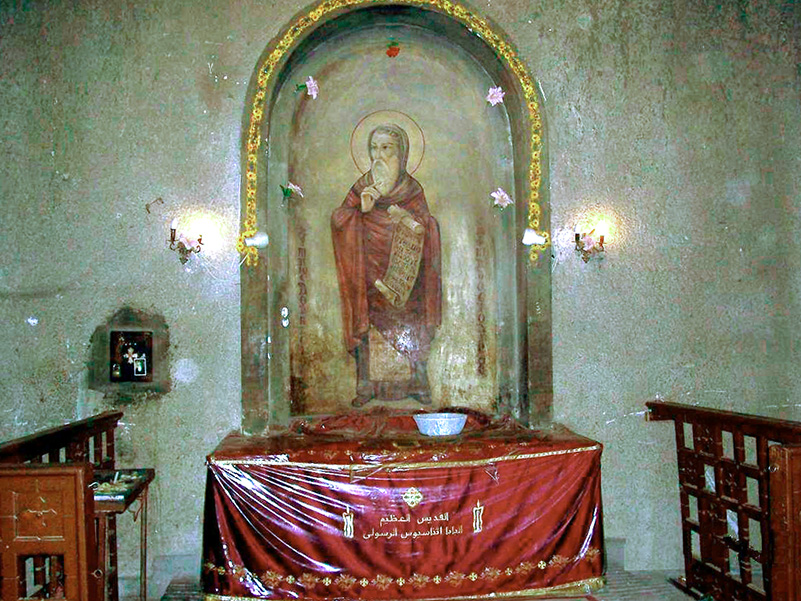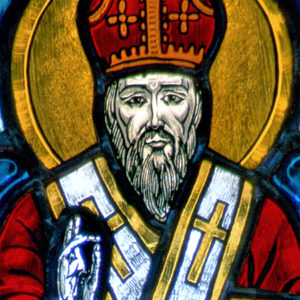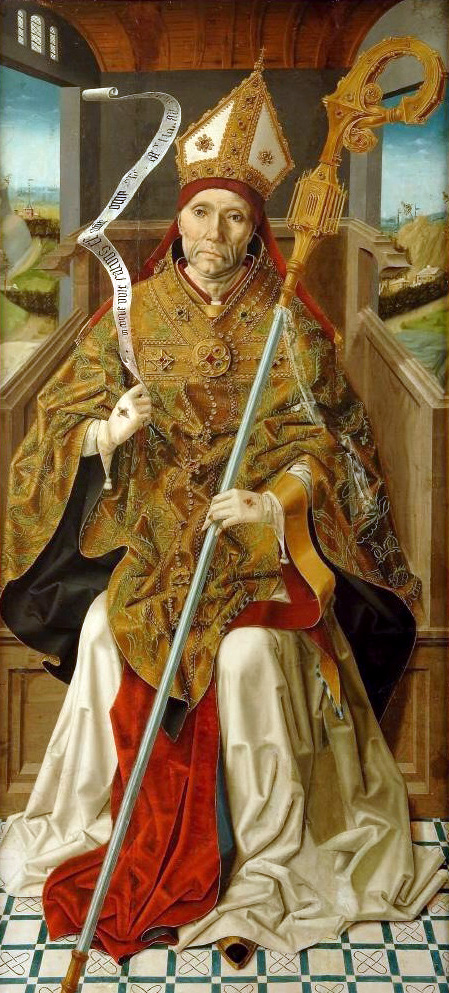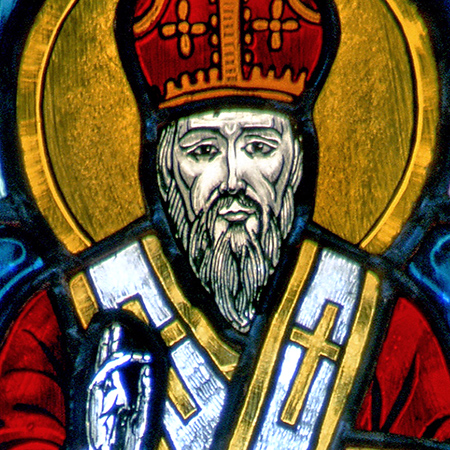
May 2
(CNA) — This fourth century bishop is known as “the Father of Orthodoxy” for his absolute dedication to the doctrine of Christ’s divinity. Athanasius was born to Christian parents living in the Egyptian city of Alexandria in 296. His parents took great care to have their son educated, and his talents came to the attention of a local priest who was later canonized as St. Alexander of Alexandria. The priest and future saint tutored Athanasius in theology, and eventually appointed him as an assistant.
Around the age of 19, Athanasius spent a formative period in the Egyptian desert as a disciple of St. Anthony in his monastic community. Returning to Alexandria, he was ordained a deacon in 319, and resumed his assistance to Alexander who had become a bishop. The Catholic Church, newly recognized by the Roman Empire, was already encountering a new series of dangers from within.

The most serious threat to the fourth-century Church came from a priest named Arius, who taught that Jesus could not have existed eternally as God prior to His historical incarnation as a man. According to Arius, Jesus was the highest of created beings and could be considered “divine” only by analogy. Arians professed a belief in Jesus’ “divinity,” but meant only that He was God’s greatest creature.
Opponents of Arianism brought forth numerous scriptures which taught Christ’s eternal pre-existence and His identity as God. Nonetheless, many Greek-speaking Christians found it intellectually easier to believe in Jesus as a created demi-god, than to accept the mystery of a Father-Son relationship within the Godhead. By 325, the controversy was dividing the Church and unsettling the Roman Empire.
In that year, Athanasius attended the First Ecumenical Council, held at Nicea to examine and judge Arius’ doctrine in light of apostolic tradition. It reaffirmed the Church’s perennial teaching on Christ’s full divinity and established the Nicene Creed as an authoritative statement of faith. The remainder of Athanasius’ life was a constant struggle to uphold the council’s teaching about Christ.
Near the end of Alexander’s life, he insisted that Athanasius succeed him as the bishop of Alexandria. Athanasius took on the position just as the Emperor Constantine, despite having convoked the Council of Nicea, decided to relax its condemnation of Arius and his supporters. Athanasius continually refused to admit Arius to Communion, however, despite the urgings of the emperor.

A number of Arians spent the next several decades attempting to manipulate bishops, emperors and popes to move against Athanasius, particularly through the use of false accusations. Athanasius was accused of theft, murder, assault and even of causing a famine by interfering with food shipments.
Arius became ill and died gruesomely in 336, but his heresy continued to live. Under the rule of the three emperors that followed Constantine, and particularly under the rule of the strongly Arian Constantius, Athanasius was driven into exile at least five times for insisting on the Nicene Creed as the Church’s authoritative rule of faith.
Athanasius received the support of several popes and spent a portion of his exile in Rome. However, the Emperor Constantius did succeed in exiling Pope Liberius for two years. The pope eventually managed to return to Rome, where he again proclaimed Athanasius’ orthodoxy.
Constantius went so far as to send troops to attack his clergy and congregations. Neither these measures, nor direct attempts to assassinate the bishop, succeeded in silencing him. However, they frequently made it difficult for him to remain in his diocese. He enjoyed some respite after Constantius’ death in 361, but was later persecuted by Emperor Julian the Apostate, who sought to revive paganism.
In 369, Athanasius managed to convene an assembly of 90 bishops in Alexandria, for the sake of warning the Church in Africa against the continuing threat of Arianism. He died in 373 and was vindicated by a more comprehensive rejection of Arianism at the Second Ecumenical Council, held in 381 at Constantinople.
St. Gregory Nazianzen, who presided over part of that council, described Athanasius as “the true pillar of the Church,” whose “life and conduct were the rule of bishops, and his doctrine the rule of the orthodox faith.”







